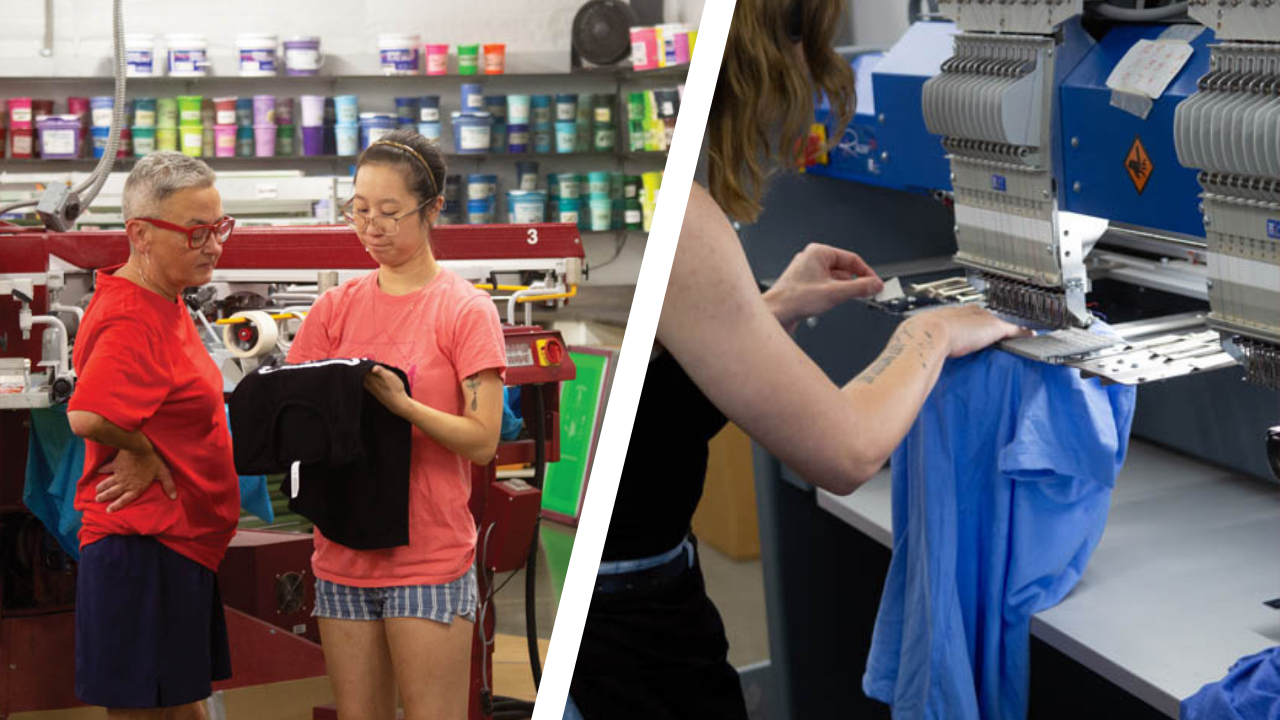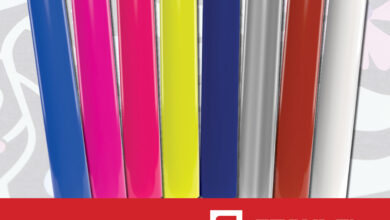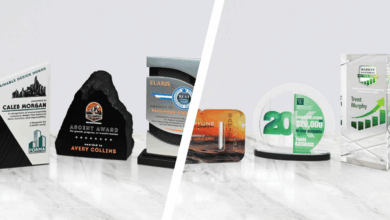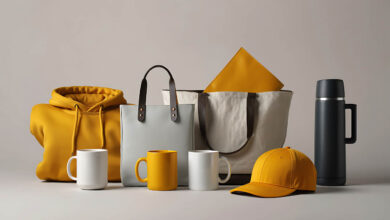In 2009, we went to a trade show and were absolutely convinced direct-to-garment (DTG) printing was the technology of the future. We already had screen printing and embroidery on deck, but a clever salesperson gave us all the examples of how easy DTG would be, how it would replace screen printing, and how it would be another source of income as a plug-and-play source for fulfilling apparel client needs.
About a year after purchasing our DTG printer, it was thrown in the dumpster. The amount of time we spent fighting it, fixing it, and trying to get prints to look good, inevitably didn’t make it worth it. Now, DTG has come a long way in 16 years and is a great resource for the decorated apparel industry. But it still never came back in-house with us.
The thing about diversifying your revenue sources is that there are a lot of positives that come with it, and a lot of salespeople who will try to convince you it’s the right thing for your business. But the reality is, only you know what’s right for your business, and the most important thing you can do before bringing a new product or service in-house is your homework.
Why diversify?
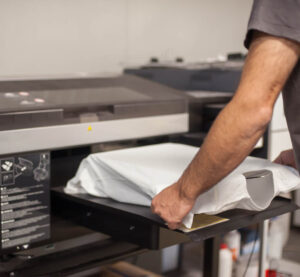
There’s tons of potential with diversifying your business, not the least of which is that it mitigates your risk in a single market in the event of a market disruption. We saw this in 2020; the companies that didn’t get creative with how and what they were selling fell apart, while the companies that switched angles and started making masks, fundraising for essential workers, and expanding what they were selling bounced back quicker.
Beyond protecting yourself in market fluctuations, diversifying opens your business to new revenue streams and a competitive advantage in your area. We started out only doing embroidery for more than a decade, until we finally opted to bring screen printing in-house with a six-head manual screen printer. It completely revolutionized our business and ultimately took us from a small mom-and-pop shop to being one of the bigger print shops in our area. It remains our biggest revenue stream, even with the trend of embroidery coming back in fashion.
The importance of doing your homework
While it could be argued that the technology was not where it needed to be with our DTG printer and the reason for its failure versus our success in screen printing, I would say a big contributing factor was our failure to research and weigh if this was best for our company. Oftentimes, a company choosing to diversify for the wrong reasons will see issues like a strain on their resources and staff, high initial costs, and risk of losing focus or brand identity. That’s why the homework is so important: doing the research and deliberate thought will make more room for success than jumping into something blindly.
In the 1980s, pen manufacturer BIC decided to roll out disposable perfume and underwear. If you’ve never heard of this before, there’s a reason: they were failures. When analyzing whether you should bring something new under your umbrella, ask what your company does better than the competitors, and if this new service would align with furthering that message to your customers. Ask what your customers most need from your business. For BIC, they are superb at making reliable and disposable pens. But perfume and underwear are intimate to a consumer, and so far off base from what their customers needed, that it failed.
Partner with other apparel shops
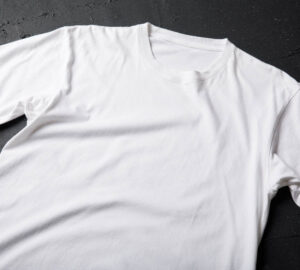
Remember, you’re not alone in this industry, and finding partnerships will help you do what you do best, while your partner can do what they do best. We use a lot of direct-to-film (DTF) services, but have yet to make the jump to bringing a DTF printer in-house. After talking to a lot of shops that do DTF, it was clear that with the amount we do and the quality we expect, we would need a full-time staff member maintaining machines, being an expert in color management, and monitoring prints. For us, it just wasn’t worth it.
However, we partner with Limitless Transfers and have a great relationship, so we can focus on what we do best, and trust them to focus on what they do best. We have partnerships with promo vendors, patch vendors, and digitizers (so we can always say no to every digitizing spam call). They’re all companies that do better than us in their area, so we can stay focused on our own business.
Consider partners that will further your brand identity. Disney partnering with McDonald’s and Mattel is a wise move because it furthers the brand loyalty with Disney characters and the culture that Disney has developed through toys and branding. If your business almost exclusively sells to hardcore bands, it doesn’t make sense to do contract work for a uniform company. That’s spreading yourself too thin and not serving either industry well. But if you instead look to partner with a poster printer or an event venue, that could make a lot more sense in delivering something your brand already does successfully.
Careful consideration
The struggle with diversifying is usually that the company is faced with the decision in an atmosphere that’s not conducive to thoughtful deliberation. So often, we are jumping with two feet in when we should be analyzing if it’s water or lava. Whether it’s at a conference or it’s because of an economic downturn, the stress of making a fast and unthoughtful decision can really impact a business in the long run.
Spending time working out who you are as a brand and what values you stand for will ultimately be the best protection when opportunities to diversify come. If you already know exactly who you are and where you want to go, it will be easier to identify a yes or a no when it presents itself. We had several companies trying to convince us 10 years ago to create an online designer because “That’s the way the whole industry is going,” according to several salespeople.
Those can be great tools, but we knew our clients come to us for custom art and a custom experience, so when the opportunity arose, it was easy to recognize the no when it presented itself, because that’s not who we are. And sure enough, we’ve had a lot of success in growing that identity of a custom experience for our clients from beginning to end, and the people who come to us are the ones looking for that. Knowing who you are, what your customers need, and what your company is great at is a sure-fire safety net when taking the leap to diversify your company.
